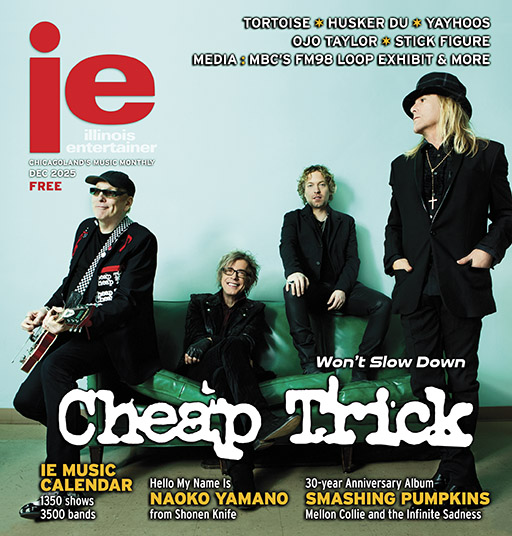DVD Zone: March 2008
DVD Zone
Sony’s Revenge
Do you like having the newest gadgets? Does the thought of running out and buying the latest technology, no matter the cost, make you a little moist? If so, you might have been one of the few who plunked down some hard-earned coin on a spiffy new HD-DVD player. Guess what? You’re screwed.
In late February, Toshiba, the world’s largest manufacturer of HD-DVD players, announced they would cease HD-DVD production. This announcement effectively brings to a close the latest round of video-format Darwinism, and leaves Sony’s Blu-Ray format at the top of the high definition DVD heap.
Hey! Sony finally won one!
Way back in the early days of home video, it was Sony’s Betamax video format that got its milkshake drank by VHS. Although many hardcore Beta afficionados will go to their grave insisting Beta’s quality was better, they still ended up with big, expensive paperweights. Stop by your local retirement home and ask the residents what these Beta and VHS kajiggers are. They’ll know what I’m talking about.
While the difference in HD-DVD and Blu-Ray quality is basically a non-factor, no one who has paid attention to the rival formats can say they didn’t see this coming. Several major studios, including Disney, 20th Century Fox, and MGM abandoned HD-DVD and went exclusively with Blu-Ray. This in turn gave Netflix customers less options, and also in February Wal-Mart announced that it would only stock Blu-Ray. On top of all that, Playstation 3 is also a Blu-Ray player.
The Dagger!
So what’s the deal? What does Blu-Ray have that HD-DVD does not? Its main attraction is its ability to store a lot more data on a disc. A standard DVD that you can burn in your normal DVD burner holds 4.7 gigs per side. Blu-Ray offers 25 gigs per side. The quality upgrade comes form its blue-violet laser — hence the term Blu-Ray. Standard DVDs are read by a red laser. Despite one being read by Darth Vader’s lightsaber and the other one with Luke’s, Blu-Ray players will read standard DVDs as well, so you won’t have to run out and buy yet another copy of The Lost Boys. On the other hand, if you’ve found yourself buying multiple copies of Lost Boys every time the formats change, you really don’t deserve the new technology anyway.
Three factors fall in Blu-Ray’s down side column: First, there’s a good chance you’ll have to upgrade your TV or entertainment center. Then again, we’ll all have to upgrade our system in one way or another when TV signals go hi-def, but that’s for another time. The second, and most prohibitive for most, is cost. A recent trip through the Best Buy aisles found that Blu-Ray players hover between $400 and $1,000 bucks. These two things alone aren’t really too big of a deal, as prices will without a doubt come down now that things are shaking out.
The third factor that could complicate things a bit more is digital downloads. With iTunes and other download sources offering films with similar quality to users with computer media centers, it’s up in the air how long Blu-Ray will remain the “it” thing. The battle may be won for now, but the war may be moving to another front.
Still, the Blu-Ray victory will lead to more film choices on the shelves as studios now have a clear read on which way the wind is blowing, and computer manufacturers will no doubt start including the players in their new models.
So, sorry HD-DVD buyers. Look on the bright side — your 8-Track, cassette, and Beta players will have a new friend occupying the shelf with them. The rest of us can go ahead and consider yet another purchase in the name of the next-big-thing. Or, we can simply wait for the next phase, where our home-entertainment choices are wired directly into our brains.
— Timothy Hiatt











